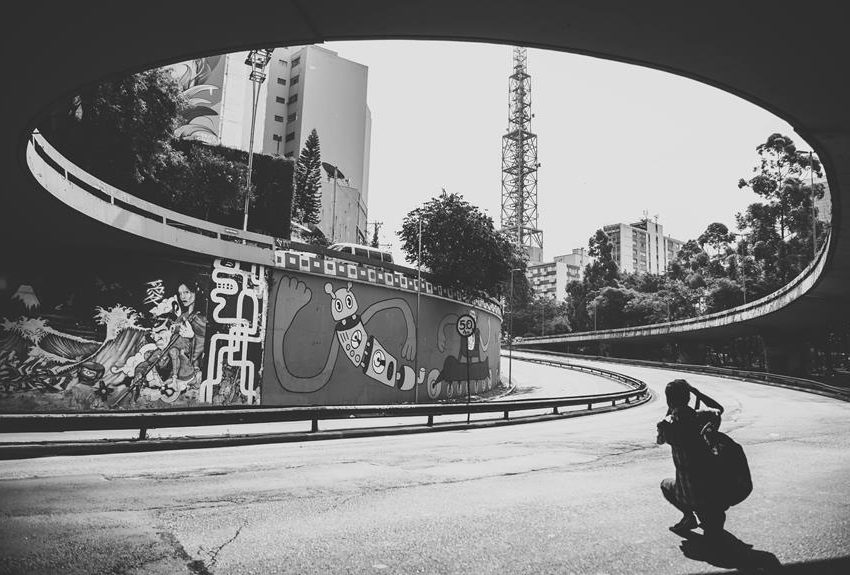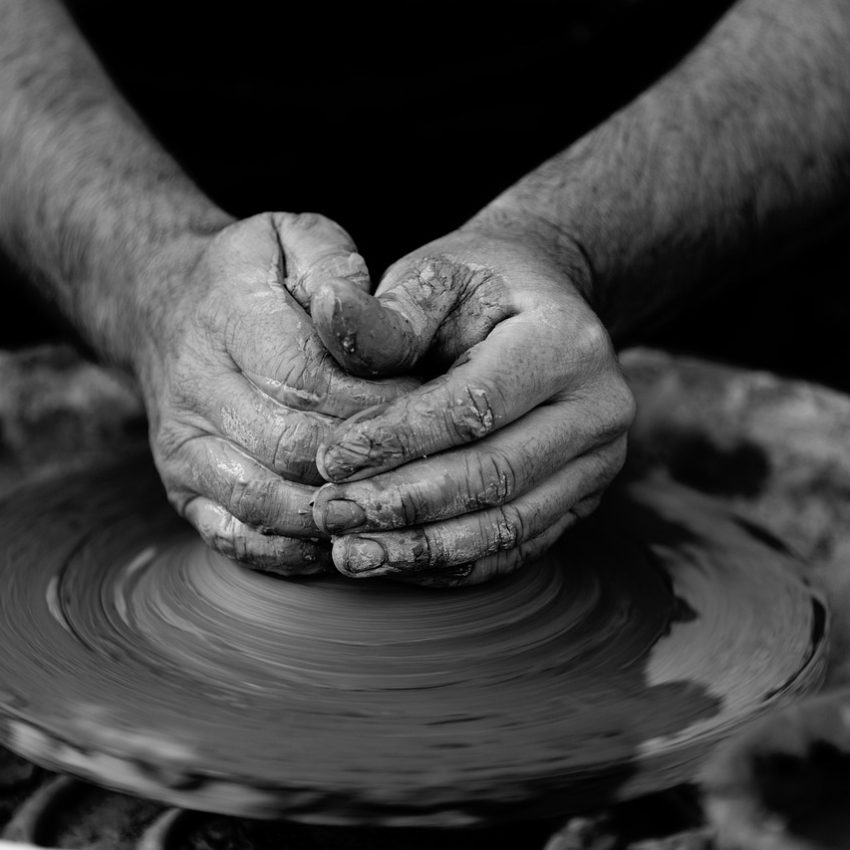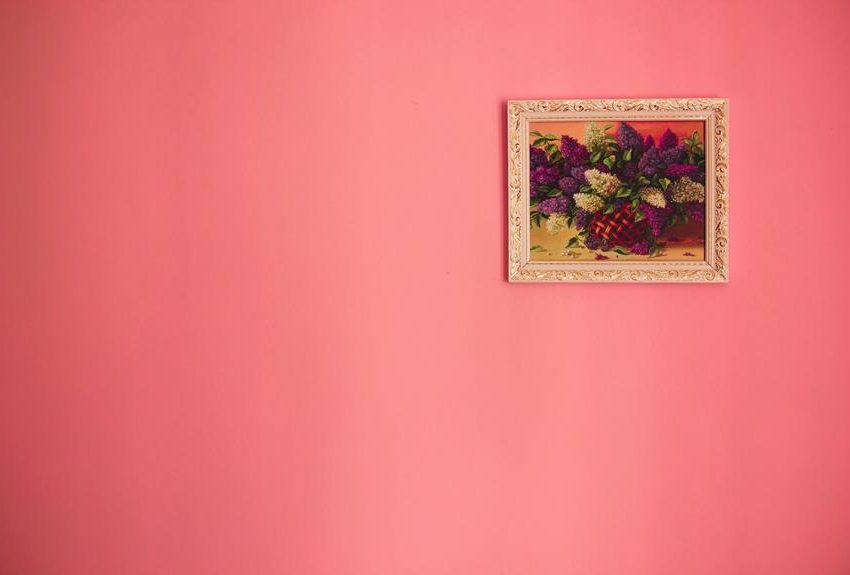Famous Spanish Artists Who Shaped Art History
Throughout the annals of art history, Hispanic artists have carved out a formidable presence, positioning themselves as trailblazers who fearlessly integrate symbols and techniques reflective of their native cultures.
Beyond mere aesthetics, their works often serve as powerful platforms for engaging with pressing political and social issues and tend to endeavour and instil a sense of pride.
History of Art
With a rich heritage spanning over a millennium, Spanish art continues to captivate audiences with its profound influence on the classical European period.
From the grandeur of Neoclassical compositions to the bold experimentation of Cubist masterpieces, Spanish artists, including the likes of El Greco, have long been at the forefront of pushing artistic boundaries.
Renowned for their fervent embrace of diverse art movements, they have consistently demonstrated a remarkable passion for innovation and expression.
Drawing inspiration from a myriad of sources, including Gothic architecture and Biblical narratives, as well as the picturesque landscapes of the Renaissance, Spanish artists have imbued their works with a rich tapestry of cultural influences.
The Spanish Golden Age stands as a testament to the enduring legacy of these celebrated painters and their iconic creations.
While some may trace the roots of Spanish art styles to Italian and French traditions, there is no denying the distinctiveness and originality that Spanish artists bring to the global art scene, particularly noted in the works of El Greco and others who lived and worked throughout their career in Spain.
Through their singular vision and artistic sensibility, they have made invaluable contributions to the evolution of international art.
The influence of Spanish artists on Western art cannot be overstated. From the timeless masterpieces of Velazquez to the revolutionary works of Picasso, their impact reverberates throughout the annals of art history, serving as a source of inspiration and admiration for generations to come.
Famous Spanish Artists from Francisco de Goya, to Velazquez
Remedios Varo
Remedios Varo’s artistic journey began with her father’s encouragement in sketching during her youth, setting the foundation for a career that would see her become one of the celebrated artists of this era.
After studying Surrealism and political revolution, she moved to Paris in 1937 due to the Civil War, interacting with Surrealists fascinated by magic and psychology.
Forced to flee to Mexico as World War II loomed, she found kinship with fellow Surrealist Leonora Carrington, deepening her exploration of magical themes in her art over the following years.
Diego Velázquez
Consider the illustrious trajectory of Diego Velázquez, a paramount Spanish painter of the 17th century, whose birth in Seville in 1599 heralded the emergence of one of the most influential figures of the Spanish Golden Age.
Velázquez’s artistic genius flourished during his nearly four-decade tenure as the court painter for King Philip IV, a period marked by creating masterpieces that transcended the conventions of the Baroque era.
His distinctive style, characterized by bold brushstrokes and a nuanced portrayal of light, not only distinguished him from his contemporaries but also laid the groundwork for future artistic movements, including Realism and Impressionism.
Francisco Goya
Similarly, Francisco de Goya, a luminary of the 18th-century art scene and a foundational figure in the list of Spanish painters, left an indelible mark on the Romantic movement with his evocative and politically charged works.
Perhaps best known for his arresting portrayal of “The Third of May 1808,” a poignant depiction of the Spanish resistance against Napoleon’s occupation, Goya’s oeuvre embodies a profound engagement with the human condition and the tumultuous socio-political landscape of his time.
Joaquín Sorolla
Meanwhile, Joaquín Sorolla emerged as a harbinger of Impressionism in Spain, pioneering a luminous and atmospheric style that captured the vibrant essence of his Mediterranean surroundings.
Renowned as the “Master of Light,” Sorolla’s plein air paintings, imbued with the radiance of natural sunlight, garnered acclaim not only in his homeland but also across international shores, solidifying his status as a preeminent figure in the global art scene.
Pablo Picasso
No discourse on Hispanic artistry would be complete without an exploration of Pablo Picasso’s monumental contributions, marking him as a defining Spanish painter of his era.
His unparalleled creativity and boundless experimentation revolutionised the trajectory of modern art, establishing him as a pivotal figure among contemporary Spanish artists.
From his epoch-defining Cubist explorations to his innovative forays into Surrealism, Picasso’s vast body of work continues to influence successive generations of artists and enthusiasts alike profoundly.
José Clemente Orozco and Diego Rivera
In the realm of Mexican muralism, luminaries such as José Clemente Orozco and Diego Rivera harnessed the power of public art to champion social justice and celebrate their homeland’s rich cultural heritage. Through monumental frescoes that adorned public spaces, these visionary artists galvanized a sense of national identity and solidarity while also confronting the inequities and injustices inherent in contemporary society.
Juan Gris
As a leading figure in the Cubist movement, Juan Gris propelled the art form to new heights, seamlessly blending his mastery of analytical cubism with innovative approaches to modern art, further enriching the Spanish contribution to global art movements.
Gris initially honed his artistic talents as a satirical cartoonist before fully dedicating himself to painting in 1911. This decision would irrevocably shape the course of his career, firmly planting him in the world of art, and leave an indelible mark on the art world.
Renowned for his ability to navigate the complexities of grid structure, Gris possessed a rare talent for seamlessly integrating continuity and discontinuity within his compositions, exemplifying the innovative spirit of Spanish art movements. This unique skill set set him apart as one of the few artists capable of pushing the boundaries of cubism, a pivotal art movement, while maintaining a sense of coherence and balance.
Salvador Dali
Salvador Dali, with his surrealistic visions and eccentric persona, captivated the imagination of audiences worldwide, leaving an indelible imprint on the cultural landscape of the 20th century and becoming an iconic figure in the list of Spanish painters.
Similarly, Frida Kahlo’s profoundly personal and symbolic works imbued with themes of identity, pain, and resilience continue to resonate with audiences, cementing her status as an icon of feminist and political movements.
Joan Miró
Joan Miró, a Spanish artist known for his unconventional approach to painting, was a vocal critic of the prevailing modernist styles of his time, even advocating for the “eradication of painting.” Amidst the tumultuous landscape of Surrealism, Fauvism, and Dadaism, Miró forged his distinctive artistic path.
His oeuvre is characterized by a playful use of childlike shapes and vibrant primary colours, a visual language that emerged from his deep fascination with the workings of the unconscious mind, representing a significant contribution to the evolution of contemporary Spanish artists. Laden with symbolic connotations, Miró’s compositions invite interpretation from discerning observers, offering glimpses into the enigmatic realms of the psyche.
However, Miró’s artistic journey was often overshadowed by his struggles with mental illness, particularly bouts of debilitating depression that profoundly influenced his creative output. Throughout his works, one recurring motif stands out: the ladder, a potent symbol that embodies Miró’s relentless quest to transcend the confines of his psychological turmoil and reach new heights of emotional liberation.
Francisco de Zurbarán
Francisco de Zurbarán emerged as one of the most influential Spanish artists during the Golden Age. His ascent to prominence began with his first commission from the local Dominican monastery, which catapulted him into the limelight and marked the beginning of a lifelong commitment to creating artwork that would resonate across the late 18th century and beyond. Subsequently, he earned the esteemed title of royal painter from King Philip IV, a position he held for several illustrious years, and his paintings became central to understanding the visual culture of the Spanish royal family.
Zurbarán’s artistic prowess was characterized by his masterful utilization of chiaroscuro, a technique that skillfully manipulated contrasts between light and shadow to imbue his paintings with depth and drama.
While the extent of Zurbarán’s exposure to Caravaggio’s works remains uncertain, the parallels between their artistic approaches are striking, showcasing how artists of this era were influenced by Caravaggio’s innovative use of light and shadow. Both artists eschewed traditional sketches, opting instead to paint directly from nature onto the canvas, a practice that underscored their commitment to authenticity and spontaneity in their craft.
Bartolomé Esteban Murillo
Bartolomé Esteban Murillo stands tall among the luminaries of Spanish Baroque art. As a founding member of the Academy of Fine Arts in Seville, he commanded a stature rivaling, if not surpassing, that of his early influencer, Diego Velázquez, through a range of artwork that continually paid homage to Caravaggio.
While Murillo’s oeuvre predominantly exudes a religious aura, his artistic repertoire extends beyond the ecclesiastical realm. Renowned as a folklorist, he captured the essence of everyday life, portraying individuals from diverse societal strata, including peddlers, urchins, and beggars, through artwork that reflected the lives and works of common people.
What distinguishes Murillo’s artistry is his remarkable finesse and exquisite brushwork, imbuing his works with a profound sense of sentimentality and sweetness. Unlike contemporaries like Zurbarán and Velázquez, who favored chiaroscuro, Murillo’s affinity for luminosity is palpable, infusing his compositions with a radiant glow that elevates them to ethereal realms of beauty.
Fernando Botero
Fernando Botero, renowned for his distinctive style characterized by voluptuous forms and vibrant colours, seamlessly blends Latin American folk art elements with incisive social commentary, offering a poignant critique of power dynamics and societal norms.
Meanwhile, Jean-Michel Basquiat’s meteoric rise from the streets of New York City to the hallowed halls of the art world epitomizes the transformative potential of creative expression in confronting systemic oppression and fostering dialogue around issues of race, identity, and belonging.
From the Baroque period to the present day, the legacy of Hispanic artists endures as a testament to the power of artistic expression to transcend boundaries, challenge conventions, and provoke meaningful discourse. As custodians of cultural heritage and agents of social change, these visionary creators continue to inspire and enlighten, leaving an indelible mark on the canvas of human history within the wide-ranging world of art.
Eduardo Arroyo
Eduardo Arroyo, renowned as a Spanish painter and graphic designer, embarked on a transformative journey driven by his disillusionment with Spanish politics, revealing how the events of the late 18th Century influenced his works. In 1958, he sought refuge in Paris, where he cultivated close ties with influential figures in the art world.
Among Arroyo’s notable associates was Gilles Aillaud, his future collaborator on the stage. Together, they devised sets that served as poignant aesthetic statements against the backdrop of modern French art, reflecting their shared disdain for prevailing artistic norms and marking a significant jump to content in the narrative of art history.
Arroyo’s artistic oeuvre defies easy categorization, blending elements of figuration, storytelling, and pop art into a distinctive fusion. Characterized by a deliberate absence of spatial depth and a flattening of perspective, his works evoke a cartoon-like aesthetic, offering simplified interpretations of pictorial space while retaining a profound narrative depth.
Claudio Coello
Claudio Coello emerged as one of the eminent artists of the Spanish Golden Age and the 17th century, with his artwork contributing significantly to the cultural tapestry of the time. Influenced by renowned court painters Juan Carreno de Miranda and Diego Velazquez during his apprenticeship with Francisco Rizi, Coello honed his craft under the tutelage of masters.
In addition to his formal training, Coello drew inspiration from the works of esteemed artists like Peter Paul Rubens, studying their masterpieces housed in private collections.
Specializing in religious themes, Coello’s talents earned him numerous commissions from cathedrals, churches, and the royal family in Madrid. His dedication to portraying spiritual subjects garnered widespread acclaim, leading to his appointment as King’s Painter by Charles II in 1683. Despite his religious focus, Coello diversified his portfolio over time to include portraits, showcasing his versatility and skill as a court painter. Throughout his career, his artwork demonstrated a profound connection to the Spanish royal family.
Antoni Tàpies
Antoni Tàpies’s artistic legacy transcends the confines of traditional painting, encompassing his roles as a sculptor and theorist. At the tender age of 17, Tàpies faced a life-altering cardiac arrest, leading to a two-year convalescence in the highlands. It was during this period of introspection that his nascent passion for painting, ignited in his early teenage years, blossomed into a consuming pursuit.
Initially drawn to the tenets of surrealism, Tàpies soon found himself drawn to the ethos of the Art Informel movement. This avant-garde movement encouraged artists to embrace spontaneity and incorporate unconventional materials into their works, challenging the boundaries of traditional artistic expression and pushing artists of this era to explore new horizons.
Tàpies’s experimentation with mixed media stands as his most enduring contribution to the art world, epitomizing his innovative spirit and relentless quest for artistic innovation. Through his pioneering approach, he forged a distinctive artistic identity that continues to captivate and inspire audiences around the globe.
Conclusion
In conclusion, throughout the Spanish Renaissance to contemporary times, Spanish artists have left an indelible mark on the tapestry of art history. From the iconic portraits of Spanish royalty by Velázquez to the hauntingly evocative works of Francisco de Zurbarán, the Spanish Golden Age witnessed the emergence of some of the most influential artists of all time. Velázquez, appointed court painter to Philip IV, epitomized the pinnacle of Spanish Baroque art with his masterful brushwork and iconic portraits.
Meanwhile, Goya’s “The Third of May 1808” and Picasso’s “Guernica” stand as powerful testaments to the horrors of the Spanish Civil War and continue to resonate with contemporary art enthusiasts. From the late 17th century to the early 19th century, artists like Gris and Dalí pushed the boundaries of artistic expression, paving the way for modern and contemporary art forms. Spain’s rich artistic heritage, spanning from the Spanish Renaissance to the present day, remains a vibrant tapestry woven with the diverse styles, techniques, and influences of its renowned artists.





